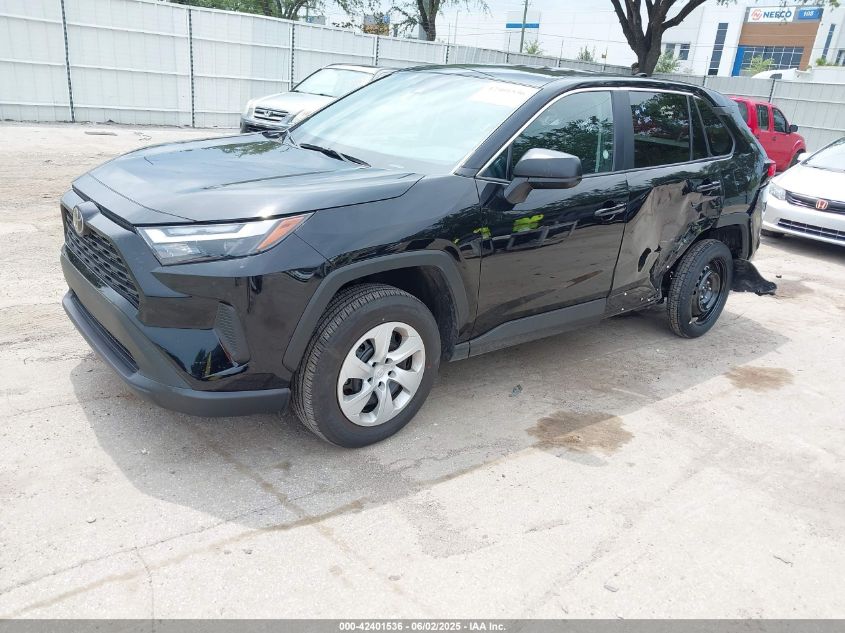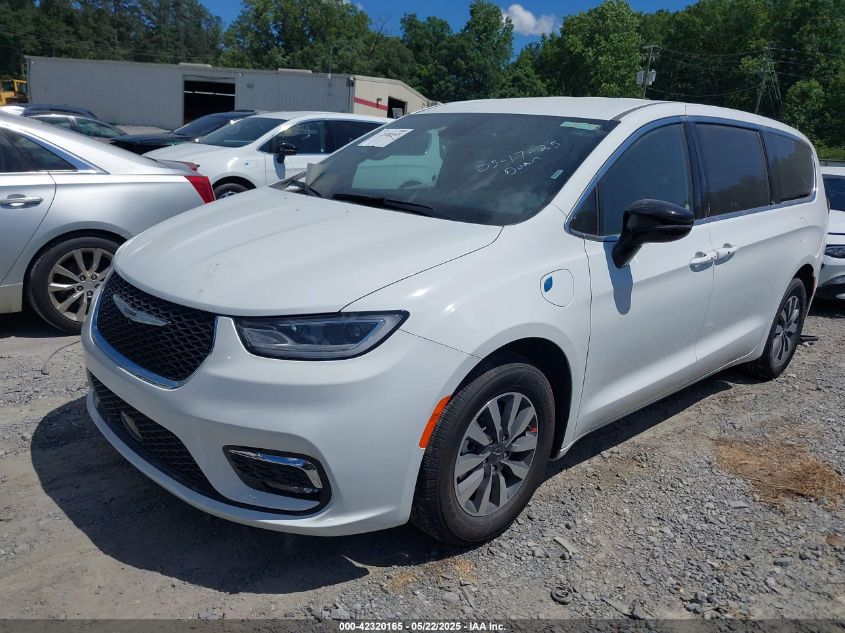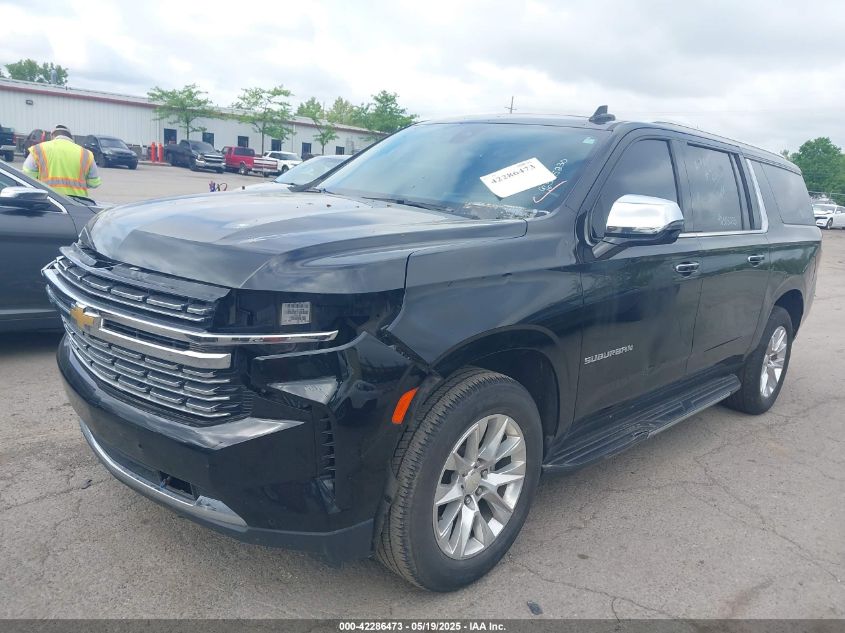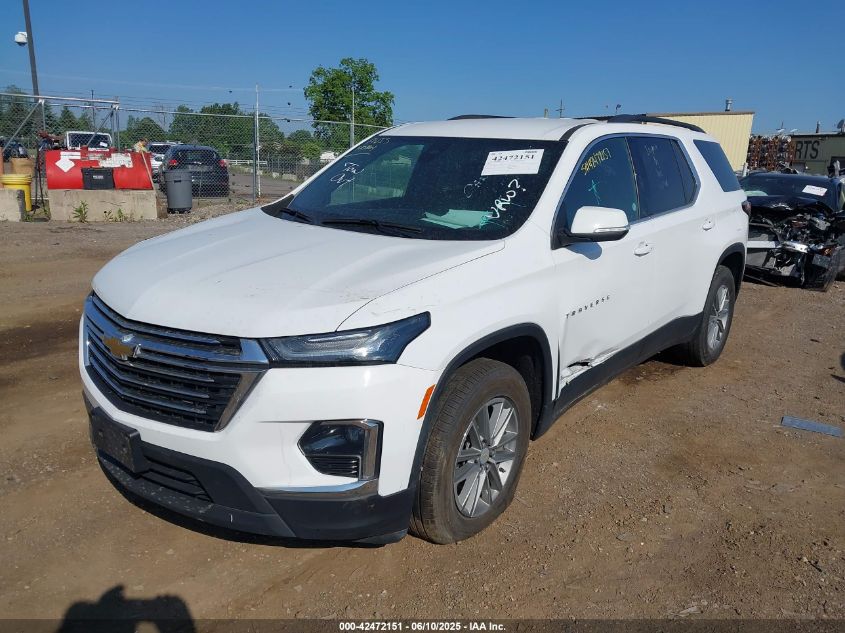2022 TESLA MODEL 3 | 5YJ3E1EB5NF174606
2022 TESLA MODEL 3 | 5YJ3E1EB5NF174606
Specifications
4
~$62,000
Engine:
Torque: ~660 Nm
0–100 km/h: ~3.3 s
The Tesla Model 3 Performance redefined the compact sedan segment by introducing all-wheel-drive electric power in a form factor more associated with efficiency than driving thrills. Yet with its dual motors and advanced power distribution system, the Performance variant delivers blistering acceleration that rivals many supercars. A 3.1-second sprint to 100 km/h combined with a near-instantaneous throttle response creates an experience more akin to launching a rollercoaster than driving a sedan.
Beyond straight-line speed, the Model 3 Performance incorporates a dedicated Track Mode, which actively manages stability, torque distribution, and regenerative braking to optimize on-track behavior. When equipped with the optional Performance Upgrade Package—featuring 20-inch wheels, lowered suspension, high-performance brakes, and Michelin Pilot Sport 4S tires—the car handles with a level of precision and agility far exceeding expectations for its class. The low center of gravity from its floor-mounted battery pack gives it exceptional cornering balance.
Tesla didn’t just build an electric car with speed—they created a modern driver’s machine that happens to have four doors and a minimalist interior. While it may lack the mechanical theater of a traditional sports car, the Model 3 Performance compensates with razor-sharp throttle response, precise steering feel, and software-driven dynamics that adapt to the road in real time. It’s fast, focused, and futuristic—an EV that thrills as much as it accelerates.
Body Styles
The Model 3 is a 4-door compact electric sedan with fastback styling. It features clean, minimalist surfaces, frameless doors, a low nose, and a sloping roofline merging into a short rear deck. There is no front grille, reflecting its EV identity, and flush door handles aid aerodynamics.
Tesla revised the Model 3 in late 2023 ("Highland" update), introducing reshaped headlights, a sleeker bumper, better insulation, new wheel designs, and a rear screen for backseat passengers. Despite its compact footprint, the Model 3 offers generous cabin space thanks to a flat floor and low-mounted battery.
Model Name Meaning (Manufacturer)
Tesla chose “Model 3” as the third step in its original "Secret Master Plan" (after Roadster and Model S), originally wanting to name it “Model E” — but Ford held that trademark. “3” (three horizontal bars) was stylized to form the “S3XY” lineup: S, 3, X, Y — representing the core of Tesla’s mass-market lineup.
The Model 3 was the brand's first truly affordable EV, and its name symbolized entry into volume production, targeting the premium compact sedan segment long dominated by BMW, Audi, and Mercedes-Benz.
Model Name Meaning (Languages)
“Model 3” is universally recognized across all regions and languages. The simplicity of the numeric designation aligns with Tesla’s minimalism and digital-forward brand identity. In all markets, it positions the vehicle as an approachable but technologically advanced offering, and the “3” carries no translation barriers.
Body & Interior Colors and Rims
The Tesla Model 3, launched in 2017 as the brand’s most accessible all-electric sedan, offers a minimalist yet technologically advanced design language. Its body colors, interior finishes, and wheel options reflect a philosophy centered on streamlined aesthetics, aerodynamic efficiency, and futuristic simplicity, evolving steadily with each model year and trim level.
The body color palette is intentionally focused but impactful. Early models offered Solid Black, Midnight Silver Metallic, Deep Blue Metallic, Pearl White Multi-Coat, and Red Multi-Coat, with Silver Metallic and Obsidian Black discontinued in later years. Tesla later introduced Stealth Grey (a darker matte-look grey) and Ultra Red, a deeper, more luxurious evolution of its previous red hue. The paints are formulated with high UV resistance and depth, designed to emphasize the Model 3’s clean lines and low-drag profile. On Performance trims, many owners opt for chrome delete packages, while factory black trim became standard across the lineup in the post-2020 refresh.
Inside, the Model 3 embraces a radically minimalist cabin, with virtually all controls accessed via the 15-inch central touchscreen. The base interior features Black synthetic leather upholstery with matte black trim, while the White Premium Interior option adds bright white vegan leather seats, white dashboard inserts, and additional ambient lighting. All materials are animal-free and sustainably sourced, aligning with Tesla’s ecological mission. The wood trim on the dash in earlier variants gives a natural contrast to the clean geometry, while newer versions also offer brushed metal or textile dash finishes depending on trim. Heated front and rear seats, a tinted glass roof, and HEPA air filtration add to the tech-forward luxury feel.
Wheels on the Model 3 vary by trim and have a distinct aerodynamic purpose. Standard and RWD variants typically include 18-inch Aero Wheels, with removable covers designed to reduce drag and improve range — beneath them are clean-looking alloy wheels. An upgrade to 19-inch Sport Wheels offers a more conventional multi-spoke design, sacrificing a slight amount of efficiency for style. Performance models feature 20-inch Überturbine wheels, with aggressive blade-like styling that visually anchors the car’s lowered stance and high-speed intent. These are often paired with performance tires and upgraded brakes, giving the Performance trim both aesthetic punch and functional grip. Tesla also allows owners to customize wheels via over-the-air updates that adjust speedometer calibration and tire profiles for aftermarket sets.
Top Expensive Options
- Enhanced Autopilot (EAP): ~$6,000
- Full Self-Driving (FSD) Capability: ~$12,000
- Premium Interior (on base trims): ~$1,500
- White & Black Interior Theme: ~$1,000
- Ultra Red Paint: ~$2,000
- 20” Uberturbine Wheels (Performance): ~$2,500
- Acceleration Boost (Long Range only): ~$2,000 (software upgrade)
- Performance Upgrade Package (track mode, brakes): ~$4,000
- Tow Hitch (select markets): ~$1,000
- Wall Connector for Home Charging: ~$475 (hardware only)
vs Competitors
The Model 3 competes with the BMW i4, Polestar 2, Hyundai Ioniq 6, and Mercedes EQE 300. Against the BMW i4, the Tesla wins in range, efficiency, charging network access, and driver-assist updates via OTA. The i4, however, offers better chassis balance and a more premium interior.
The Polestar 2 boasts Volvo-level materials and sharper build, but trails in acceleration and range. The Ioniq 6 is newer and very efficient, yet lacks Tesla's ecosystem (especially the Supercharger network and OTA pace). Overall, the Model 3 dominates in value, real-world usability, and seamless tech integration.
The Performance variant even encroaches on traditional sport sedan territory, offering M3-level acceleration with zero tailpipe emissions.
Fun Fact
The Tesla Model 3 became the world’s best-selling EV in history by 2021 and was the first electric car to surpass 1 million units sold globally. Thanks to over-the-air updates, early owners of 2017–2018 models saw improvements in range, acceleration, and new features — including sentry mode, streaming apps, and games — years after purchase. Its minimalist interior was reportedly inspired by sci-fi spaceships, with Elon Musk referencing “the Starship Enterprise” as a design influence.
Lot Details
-
Sale Date15/Jun/2025
-
Lot Number42463894
-
Sale document
-
Location
-
Odometer36,677 miles (59,026 km)
-
Primary Damage:RIGHT FRONT
-
Secondary DamageSUSPENSION
-
Seller
-
Fuel
-
Engine TypeU U UX
-
Transmission
-
Drive Type
Final Bid Tesla Model 3 (2022)
$10,000
$12,617
$37,000
Specifications
4
~$62,000
Torque:
0–100 km/h:
The Tesla Model 3 Performance redefined the compact sedan segment by introducing all-wheel-drive electric power in a form factor more associated with efficiency than driving thrills. Yet with its dual motors and advanced power distribution system, the Performance variant delivers blistering acceleration that rivals many supercars. A 3.1-second sprint to 100 km/h combined with a near-instantaneous throttle response creates an experience more akin to launching a rollercoaster than driving a sedan.
Beyond straight-line speed, the Model 3 Performance incorporates a dedicated Track Mode, which actively manages stability, torque distribution, and regenerative braking to optimize on-track behavior. When equipped with the optional Performance Upgrade Package—featuring 20-inch wheels, lowered suspension, high-performance brakes, and Michelin Pilot Sport 4S tires—the car handles with a level of precision and agility far exceeding expectations for its class. The low center of gravity from its floor-mounted battery pack gives it exceptional cornering balance.
Tesla didn’t just build an electric car with speed—they created a modern driver’s machine that happens to have four doors and a minimalist interior. While it may lack the mechanical theater of a traditional sports car, the Model 3 Performance compensates with razor-sharp throttle response, precise steering feel, and software-driven dynamics that adapt to the road in real time. It’s fast, focused, and futuristic—an EV that thrills as much as it accelerates.
Body Styles
The Model 3 is a 4-door compact electric sedan with fastback styling. It features clean, minimalist surfaces, frameless doors, a low nose, and a sloping roofline merging into a short rear deck. There is no front grille, reflecting its EV identity, and flush door handles aid aerodynamics.
Tesla revised the Model 3 in late 2023 ("Highland" update), introducing reshaped headlights, a sleeker bumper, better insulation, new wheel designs, and a rear screen for backseat passengers. Despite its compact footprint, the Model 3 offers generous cabin space thanks to a flat floor and low-mounted battery.
Model Name Meaning (Manufacturer)
Tesla chose “Model 3” as the third step in its original "Secret Master Plan" (after Roadster and Model S), originally wanting to name it “Model E” — but Ford held that trademark. “3” (three horizontal bars) was stylized to form the “S3XY” lineup: S, 3, X, Y — representing the core of Tesla’s mass-market lineup.
The Model 3 was the brand's first truly affordable EV, and its name symbolized entry into volume production, targeting the premium compact sedan segment long dominated by BMW, Audi, and Mercedes-Benz.
Model Name Meaning (Languages)
“Model 3” is universally recognized across all regions and languages. The simplicity of the numeric designation aligns with Tesla’s minimalism and digital-forward brand identity. In all markets, it positions the vehicle as an approachable but technologically advanced offering, and the “3” carries no translation barriers.
Body & Interior Colors and Rims
The Tesla Model 3, launched in 2017 as the brand’s most accessible all-electric sedan, offers a minimalist yet technologically advanced design language. Its body colors, interior finishes, and wheel options reflect a philosophy centered on streamlined aesthetics, aerodynamic efficiency, and futuristic simplicity, evolving steadily with each model year and trim level.
The body color palette is intentionally focused but impactful. Early models offered Solid Black, Midnight Silver Metallic, Deep Blue Metallic, Pearl White Multi-Coat, and Red Multi-Coat, with Silver Metallic and Obsidian Black discontinued in later years. Tesla later introduced Stealth Grey (a darker matte-look grey) and Ultra Red, a deeper, more luxurious evolution of its previous red hue. The paints are formulated with high UV resistance and depth, designed to emphasize the Model 3’s clean lines and low-drag profile. On Performance trims, many owners opt for chrome delete packages, while factory black trim became standard across the lineup in the post-2020 refresh.
Inside, the Model 3 embraces a radically minimalist cabin, with virtually all controls accessed via the 15-inch central touchscreen. The base interior features Black synthetic leather upholstery with matte black trim, while the White Premium Interior option adds bright white vegan leather seats, white dashboard inserts, and additional ambient lighting. All materials are animal-free and sustainably sourced, aligning with Tesla’s ecological mission. The wood trim on the dash in earlier variants gives a natural contrast to the clean geometry, while newer versions also offer brushed metal or textile dash finishes depending on trim. Heated front and rear seats, a tinted glass roof, and HEPA air filtration add to the tech-forward luxury feel.
Wheels on the Model 3 vary by trim and have a distinct aerodynamic purpose. Standard and RWD variants typically include 18-inch Aero Wheels, with removable covers designed to reduce drag and improve range — beneath them are clean-looking alloy wheels. An upgrade to 19-inch Sport Wheels offers a more conventional multi-spoke design, sacrificing a slight amount of efficiency for style. Performance models feature 20-inch Überturbine wheels, with aggressive blade-like styling that visually anchors the car’s lowered stance and high-speed intent. These are often paired with performance tires and upgraded brakes, giving the Performance trim both aesthetic punch and functional grip. Tesla also allows owners to customize wheels via over-the-air updates that adjust speedometer calibration and tire profiles for aftermarket sets.
Top Expensive Options
- Enhanced Autopilot (EAP): ~$6,000
- Full Self-Driving (FSD) Capability: ~$12,000
- Premium Interior (on base trims): ~$1,500
- White & Black Interior Theme: ~$1,000
- Ultra Red Paint: ~$2,000
- 20” Uberturbine Wheels (Performance): ~$2,500
- Acceleration Boost (Long Range only): ~$2,000 (software upgrade)
- Performance Upgrade Package (track mode, brakes): ~$4,000
- Tow Hitch (select markets): ~$1,000
- Wall Connector for Home Charging: ~$475 (hardware only)
vs Competitors
The Model 3 competes with the BMW i4, Polestar 2, Hyundai Ioniq 6, and Mercedes EQE 300. Against the BMW i4, the Tesla wins in range, efficiency, charging network access, and driver-assist updates via OTA. The i4, however, offers better chassis balance and a more premium interior.
The Polestar 2 boasts Volvo-level materials and sharper build, but trails in acceleration and range. The Ioniq 6 is newer and very efficient, yet lacks Tesla's ecosystem (especially the Supercharger network and OTA pace). Overall, the Model 3 dominates in value, real-world usability, and seamless tech integration.
The Performance variant even encroaches on traditional sport sedan territory, offering M3-level acceleration with zero tailpipe emissions.
Fun Fact
The Tesla Model 3 became the world’s best-selling EV in history by 2021 and was the first electric car to surpass 1 million units sold globally. Thanks to over-the-air updates, early owners of 2017–2018 models saw improvements in range, acceleration, and new features — including sentry mode, streaming apps, and games — years after purchase. Its minimalist interior was reportedly inspired by sci-fi spaceships, with Elon Musk referencing “the Starship Enterprise” as a design influence.









